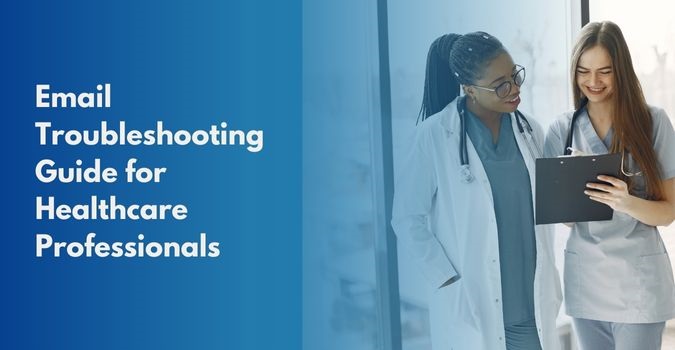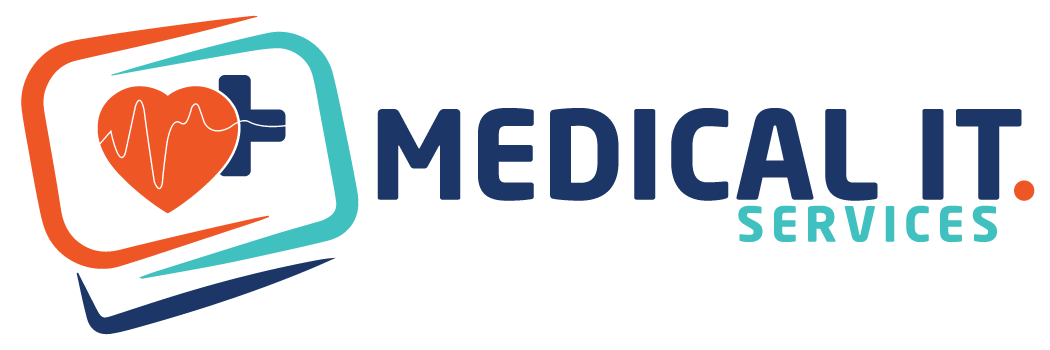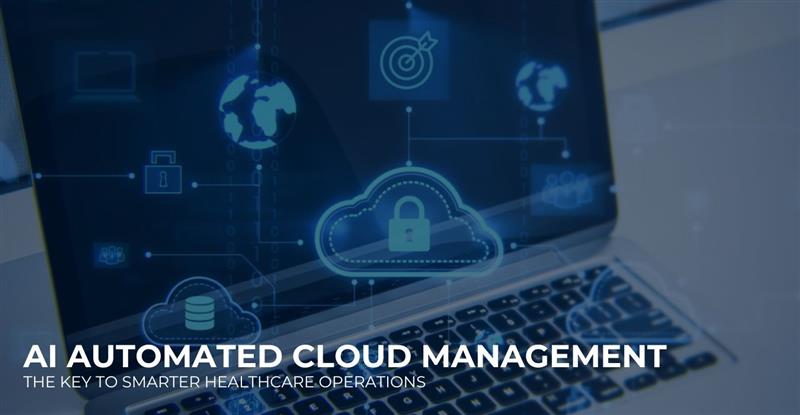In today’s fast-paced digital world, artificial intelligence (AI) is transforming industries globally, with healthcare leading…

Email Troubleshooting Guide for Healthcare Professionals
Email has become an essential tool for healthcare professionals to communicate with patients, colleagues, and other stakeholders. However, email issues can arise, causing delays and disruptions in communication. This guide provides a comprehensive overview of email troubleshooting techniques and best practices for healthcare professionals, along with the services offered by MedicalIT.Services.
Understanding Common Email Troubleshooting Issues
Email issues can range from minor annoyances to significant disruptions. Common scenarios include:
Security Risks
Email communication in healthcare is fraught with security risks, particularly regarding the protection of patient health information (PHI). Without proper encryption and security measures, emails can be vulnerable to interception or unauthorized access, potentially compromising patient privacy and violating regulatory requirements such as HIPAA.
Spam and Phishing
Email accounts are susceptible to spam and phishing attacks, which can lead to data breaches and other malicious activities. Healthcare organizations must implement robust spam filters and educate users about identifying and avoiding suspicious emails.
Miscommunication
Written communication, including email, can sometimes lead to misinterpretation or misunderstanding due to the lack of tone, body language, and non-verbal cues. Healthcare providers must strive for clarity and precision in their email communications to minimize the risk of miscommunication.
Overload and Inbox Management
Healthcare professionals often receive a high volume of emails, leading to inbox overload and difficulty managing incoming messages. Effective inbox management strategies are crucial to ensure important emails are not overlooked or lost amidst the clutter.
Lack of Urgency
Email may not be suitable for urgent or time-sensitive matters that require immediate attention. Healthcare professionals should consider alternative communication methods for such situations.
Technical Issues
Email communication relies on internet connectivity and email servers, making it susceptible to technical issues such as server downtime, network outages, and email delivery failures. These technical challenges can disrupt communication and hinder the timely exchange of information.
Email Troubleshooting Steps
1. Understand the Problem
The first step in troubleshooting an email issue is to understand the problem comprehensively. This involves asking the right questions to gather information and context about the issue. Start by asking basic questions like “Can you please explain the problem you’re experiencing?” and follow up with more specific questions to get clarity and context.
2. Dig Deeper into the Issue
Once you have collected all the necessary information, dig deeper into the issue. Check if a similar issue has been documented in the past in your knowledge base or issue logs. If it hasn’t, you’ll need to collect more information to diagnose the issue effectively. Consider using tools like screen sharing to gauge the problem better and make note of important details the customer may have missed sharing.
3. Define the Issue
Clearly define the issue based on the information gathered. Communicate your understanding of the issue to the customer to ensure you’re both on the same page. This step helps in ensuring that the problem is accurately identified and addressed.
4. Research and Collaborate
For unique or complex issues, research is crucial. Scour reliable resources across the internet and discuss the problem with more experienced colleagues. Great research skills are indispensable for effective troubleshooting. Collaborating with your team can provide diverse perspectives and skill sets, leading to a holistic approach to resolving the issue.
Email Troubleshooting Tips for Healthcare Professionals
1. Check Email Delivery Issues
Identify if there is an email delivery issue by monitoring email performance with analytics. Use tools that provide detailed breakdowns of important metrics like delivered, opens, fails, clicks, and unsubscribes. This helps in pinpointing where the issue might be stemming from.
2. Evaluate Email Sending Practices
Check if your email content is fully optimized and ready to hit the inbox. If emails are not reaching the inbox, evaluate your sending practices and adjust them accordingly.
3. Address Common Email Issues
Common issues like emails not arriving in the inbox, buttons in emails having no effect, or requiring login after pressing a button or link can be resolved by checking email settings, ensuring links are correct, and verifying user authentication processes.
4. Enhance Email Security
Implement strong passwords and multi-factor authentication (MFA) to strengthen email account security. Educate staff about the dangers of suspicious emails and avoid opening attachments from unknown senders.
Conclusion
Email communication is a critical tool in healthcare, but it comes with its own set of challenges and security risks. By understanding common issues, following best practices for writing effective emails, and enhancing email security, healthcare professionals can ensure reliable and secure communication. This guide provides essential tips and strategies to help healthcare professionals troubleshoot common email problems and protect sensitive data.
MedicalIT.Services – Your Email Support Partner:
For more complex email issues or ongoing technical challenges, consider seeking professional help. MedicalIT.Services offers comprehensive email support services specifically designed for the healthcare industry. Their team of experts can handle:
- Email Server Configuration and Management: Ensuring secure and reliable email delivery.
- Data Backup and Recovery: Protecting your critical email data from unforeseen events.
- Spam Filtering and Security: Keeping your inbox free from unwanted messages and malicious threats.
- Troubleshooting and Support: Prompt assistance for any email problem you encounter.
By leveraging their expertise, you can free up valuable time and ensure your email communication runs smoothly, allowing you to focus on what matters most – providing excellent patient care.



